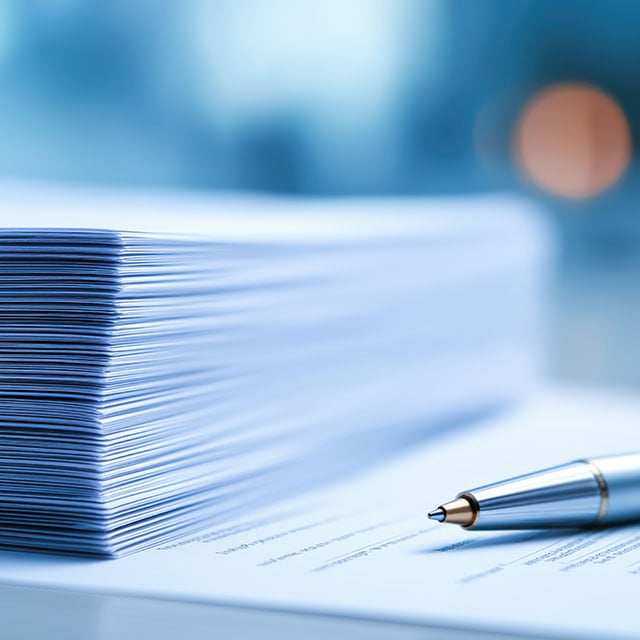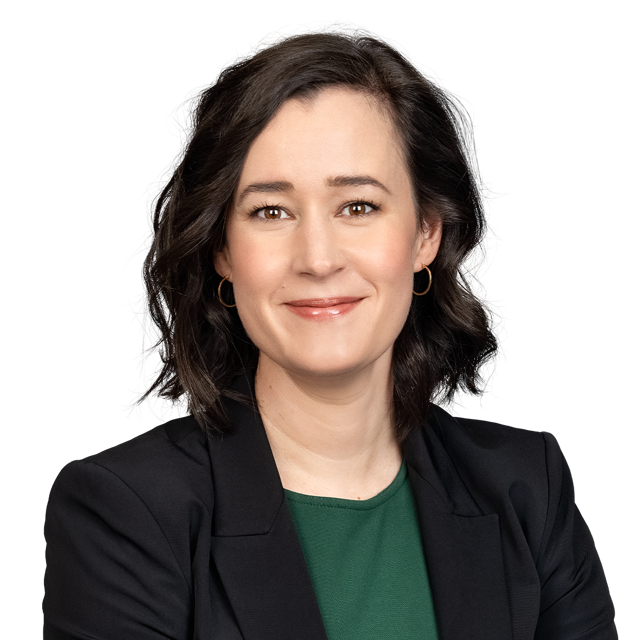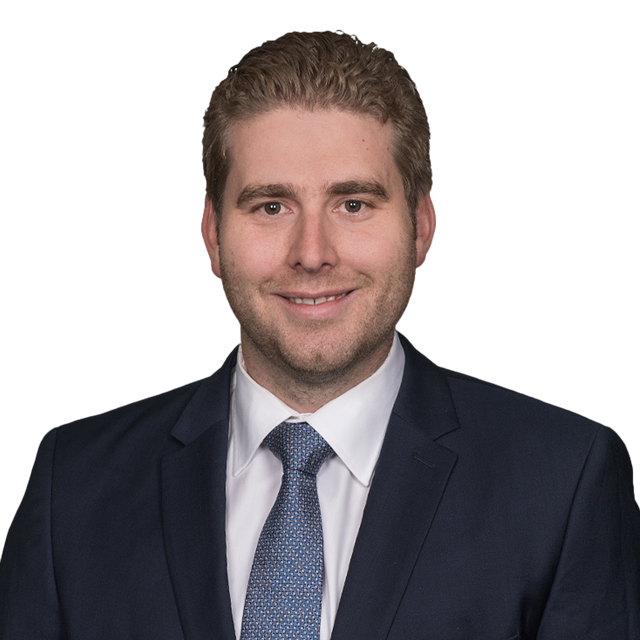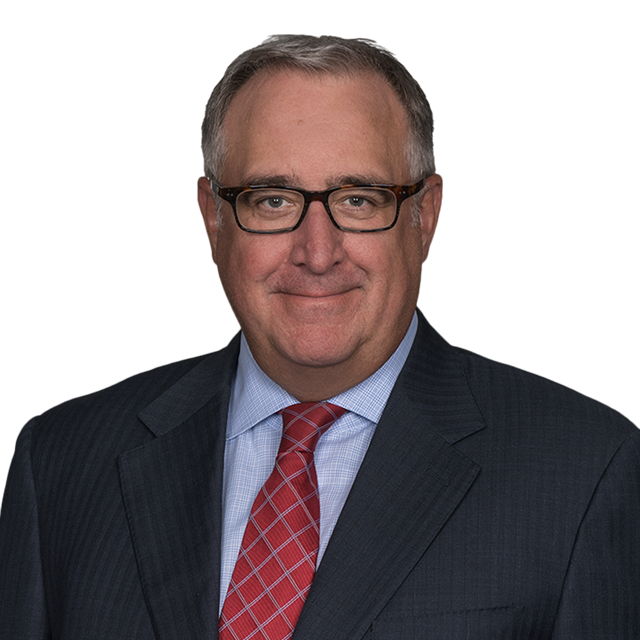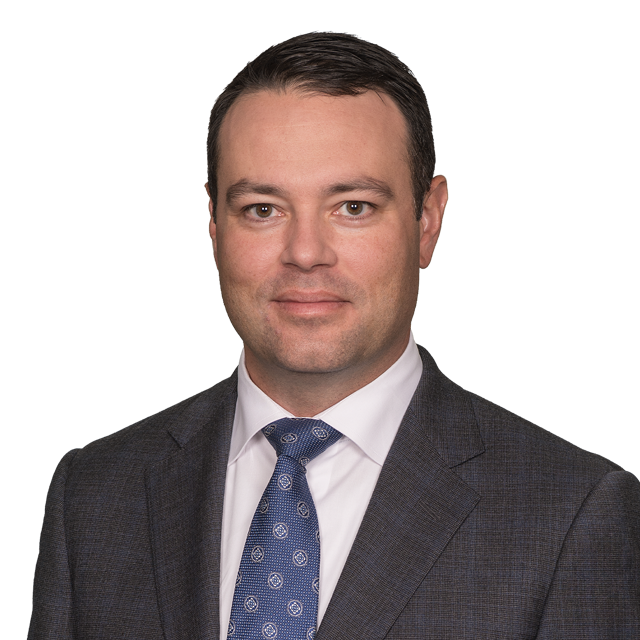A patent is a set of exclusive rights granted by a country to a patentee for a given period of time. In exchange, the patentee is expected to provide a full description of the invention so that others may benefit from this advance in technology and knowledge.
The exclusive right granted to a patentee is the right to preclude or exclude others from making, using or selling the claimed invention. Like any property right, a patent may be sold, licensed, mortgaged, assigned, transferred or abandoned. The rights conferred by a patent extend only throughout the country in which it was granted. Consequently, a patentee must apply for patent rights in other countries separately to obtain this protection there.
While the patent laws in Canada and the U.S. are similar in many respects, there are some fundamental differences of which prospective applicants and others ought to be aware.
Rights to the Grant of a Patent
“First-to-file” and “first-to-invent” are patent concepts that ultimately determine who has the right to the grant of a patent for an invention. Canada operates on a “first-to-file” patent system. This means that, where more than one inventor has independently made the same invention, a patent will be granted to the inventor who was the first to file the patent application. Consequently, even if an inventor can prove that he or she was the first to have conceived the invention, that inventor would be precluded from obtaining a patent if another inventor had filed an earlier application. It is a race to the Patent Office.
In contrast, the United States uses a “first-to-invent” system. When an invention is first conceived by an inventor and is diligently reduced to practice (i.e. by either practising the invention or by filing a patent application), the date of invention will be the date of conception. Thus, the first inventor to have conceived the invention will be the inventor entitled to the patent, even if another inventor had filed an earlier patent application.
Ownership of a Patent
In Canada, both a natural person and a corporate entity may apply for a patent. In the case where a corporate entity is the applicant, the corporate entity will become the owner of the patent when the patent issues.
In the United States, only a natural person (i.e., the inventor) may apply for a patent. When the patent issues, each person listed as an inventor will own the patent. In order for a corporate entity to own the patent, each inventor must assign their ownership rights to the corporate entity.
Examination
In order for a patent application to issue in Canada or the United States, it must first be examined by a Patent Examiner who is technically qualified in the field of technology to which the invention relates. Once examination has been initiated, the Examiner will conduct a search of prior art, patents and non-patent literature to determine whether the invention is sufficiently different from prior inventions and/or prior art disclosures to justify the grant of a new patent.
In Canada, examination of a patent application commences only after an explicit request for examination has been filed. It is possible to maintain an application pending for up to five years from the Canadian filing date.
In the United States, a patent application is eligible for examination automatically after the patent application has been filed.
Grace Period
The Patent Acts of Canada and the United States provide a one-year grace period that may precede the filing of a patent application in those countries. These grace periods can allow an inventor the opportunity to ascertain the marketability of an invention before having to invest all of the resources required to prepare and file a patent application.
In Canada, a patent application must be filed no more than one year from the date that the applicant (or a person obtaining knowledge directly or indirectly from the applicant) first makes the invention available to the public in Canada or elsewhere.
In the United States, an application must be filed within one year from the date that the invention was patented or described in a printed publication anywhere in the world or within one year from the date that the invention was in public use or on sale within the United States.
Consequently, the grace period in Canada strictly applies to disclosures derived from the applicant. In contrast, the grace period in the United States can apply to all public disclosures, whether derived by the applicant or not.
Disclosure Requirements
In the United States, a patentee is obligated to disclose to the Patent Office all prior art known to be material to patentability. A patentee who intentionally fails to do so has committed “fraud on the Patent Office” or engaged in “inequitable conduct”, and the court may declare the patent invalid or unenforceable.
In Canada, there is no obligation on the patentee to voluntarily disclose all known material prior art to the Patent Office. Consequently, a Canadian Patent cannot be invalidated on this basis.
Maintenance Fees
Maintenance fees are fees paid in order to maintain the active status of a patent document.
In Canada, maintenance fees for either a patent application or an issued patent are due on each anniversary of the filing date, beginning on the second anniversary. The amount each year escalates during the life of the patent or patent application.
Patent maintenance fees in the United States are due three and a half years, seven and a half years and eleven and a half years after the grant of the patent. No maintenance fees are due while an application is still pending.
Prosecution History Estoppel
During the prosecution of a patent, an applicant may withdraw or narrow certain claims in order to have the patent approved by the Patent Examiner.
In the United States, the doctrine of prosecution history (or “file-wrapper”) estoppel, permits the court to use the Patent Office prosecution history to limit the interpretation of a claim. Any amendment by the applicant to narrow a claim in order to comply with the Patent Act, raises the presumption that the territory between the original claim and the amended claim has been surrendered. As a result, the applicant may not have a cause of action for infringement to a pre-amendment patent claim.
In contrast, the prosecution history of a patent application cannot be used in construing the claims of a Canadian patent. Consequently, in Canada, evidence from the Patent Office prosecution history must be excluded for the purposes of interpreting the claims.
Notice Requirement
In the United States, damages for patent infringement may not be available if proper notice has not been provided. Notice may be either “actual notice” by the patentee of the existence of the patent, or “constructive notice”. Constructive notice can include marking or labelling the patented article or apparatus with the word “patent” or the abbreviation “pat.” together with the patent number. Failure to give notice may result in a loss of the right to compensation for any infringing activities undertaken by a person before that person was notified.
Canadian patent law has no notification or marking requirements. Consequently, in Canada, damages are available from the first date of infringement.
Jury Trials
In the United States, factual issues related to infringement and validity can be decided by juries. However, a jury trial for a patent matter is not an option in Canada. In Canada, all patent cases are tried by judges alone.
Conclusion
As more Canadian entities enter the U.S. marketplace, an increasing number are seeking patent protection both at home and in the United States. Consequently, while the patent laws in Canada and the United States are similar in many respects, there are some fundamental differences that should be taken into consideration before filing a patent application in the United States.

